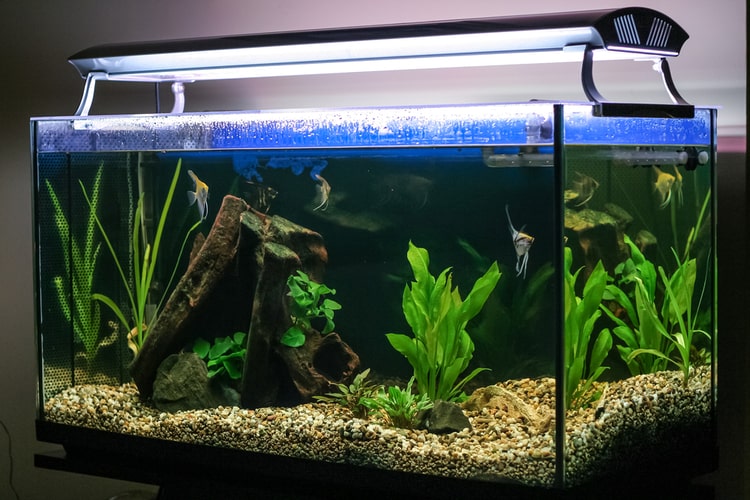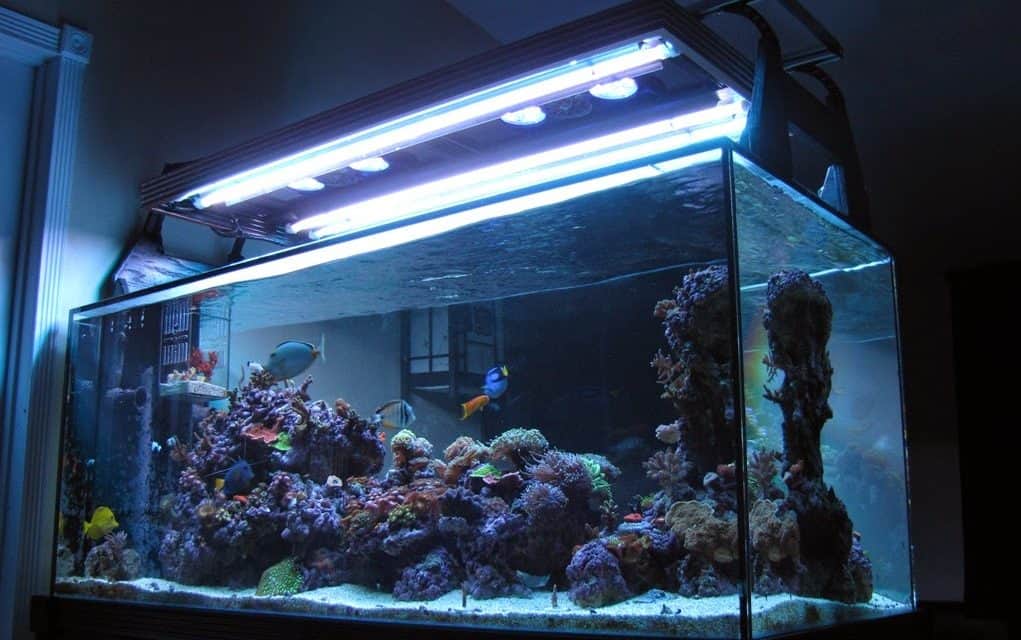For many years, it has been possible to reproduce aquatic ecosystems within a house. In fact, with the technological advances of recent decades, it has evolved from a small fishbowl to a huge aquarium. However, it is not only a decorative complement to the different spaces of the home. And, deciding to have an aquarium at home can be a challenge at first. Although it is an excellent alternative for contemplating and enjoying a small natural space at home, there are some considerations for its maintenance. And it’s not just a question of where it will be located; it’s also essential to know in advance how it will work, what care it needs and how the fish will receive an environment that is suitable for their lives. Are you considering acquiring one? Here’s what you should keep in mind:
Consider the Space Available
First of all, do you already know where you will put the aquarium? This is very important because the size of the aquarium depends on the available space. Whenever possible, the most suitable option should be chosen; moreover, depending on this, the choice of fish and their quantity will also be made.
Pick Your Fish Type
You need to evaluate the types of fish you wish to have in the aquarium. It should be clear whether you prefer cold water or warm water. The difference between these fish varieties is that cold water fish are more resistant, have slow movements, and are generally peaceful.
On the other hand, those with warm water must stay in an environment between 23ºC and 25ºC. They are preferred because they have bright colors; however, they are more territorial and can trigger fights for their space.
The Water Option Matters
There are several alternatives for conditioning the water before using it to fill the aquarium. First of all, it can be boiled and left to stand. Another option is to let it rest for a day in the sun. Finally, rainwater could be recovered.
If the fish are warm water, you will have to buy a heater and a thermometer to monitor the water temperature. Otherwise, the environment could be degraded, which would lead to the death of the species.
Think About Soil and Plants

Soil and plants are an excellent complement to have a more attractive home aquarium. The ground is almost always made of gravel, i.e., small colored stones. However, some add moss and organic matter. Plants become a refuge for fish. Although artificial plants can be used, we recommend using natural plants to benefit the fish.
Feeding Your Fish
It is essential to keep in mind that fish cannot be fed “just anything”. Inappropriate feeding can shorten your life. Therefore, it is best to give them a unique concentrate of fishmeal, eggs, vegetables, and vitamins. Also, they should only be fed twice a day, following the five-minute rule. This means that food will only be provided during this period. Giving too much food is also dangerous for them.
Light It Up

We must take into account the importance of lighting the aquarium. Unique artificial lights are almost always used, as direct sunlight can cause algae growth. These lights are turned on for 8 to 10 hours a day.
Don’t Overlook Maintenance
When you have an aquarium at home, you must consider the time required to maintain it. Remember that it must be cleaned regularly to keep it in good condition. Water changes and care will depend on the number of fish and the amount of food provided.
– It is best to clean it twice a month (every two weeks, for example). Changing the water can be done in a simple process. Only water can be removed from the bottom using a hose and a gravity tube.
– The habit of removing fish for cleaning is a thing of the past. Some devices allow the removal of waste without altering the environment in which it is found.
You now know what to do before and after purchasing an aquarium for your home. Do you have any other useful tips in maintaining an aquarium? Remember to share them in the comments below!


